If you have porous hair, you understand how difficult it can be to maintain gorgeous locks. Without the proper knowledge, you can easily make many low porosity hair mistakes.
Understanding hair porosity helps you choose the best products and methods for healthy, hydrated hair. Continue reading for a guide to understand porosity levels to keep your hair healthy and manageable.
What Is Low Porosity Hair?
Low porosity hair is structured so that moisture cannot effectively penetrate the hair shaft. This hair type contains too much keratin, or protein, and lacks sufficient moisture. Hydrating, even with water in the shower, is difficult.
The hair shaft is comprised of three different layers, with the cuticle residing on the outside. Each individual cuticle overlaps the other like scales on a fish. On low porosity hair, the cuticles are too close together, preventing moisture like conditioners and other elements, like oil, from penetrating.
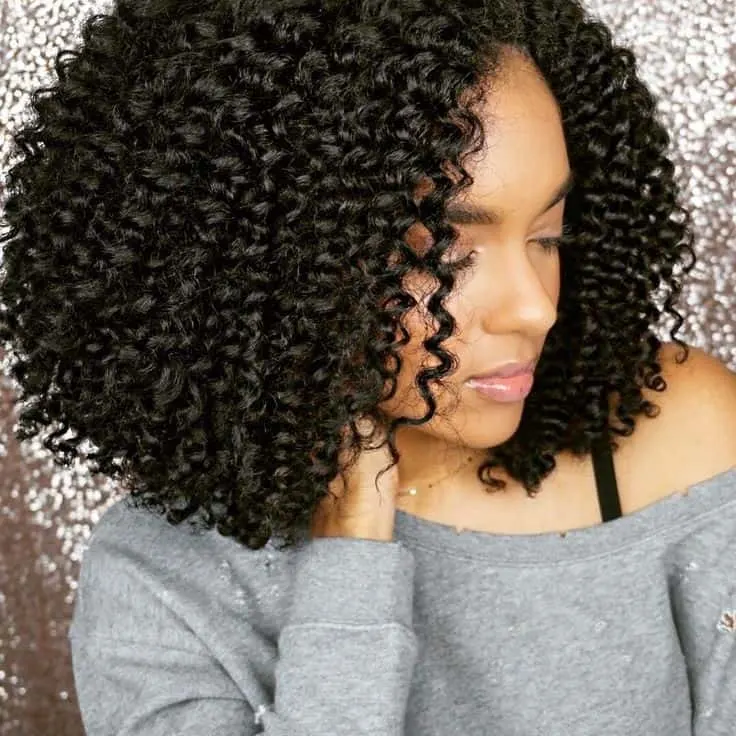
It may seem like heat styling can cause low porosity hair, but genetics is the greatest factor. Actually, heat raises the cuticles and can cause high porosity hair. This information means that heat can be used as a treatment for this hair type and answer the question of how to grow low porosity hair.
What Does Low Porosity Hair Look Like?

On a scientific level, low porosity hair has cuticles tightly bound to one another, making it harder for your hair to absorb water and other hydrating products.
Here are a few key characteristics of how low porosity hair looks and acts:
- Hair that is sensitive to dandruff and product build-up
- Hair that takes a long time to saturate with water
- Hair that takes a long time to dry
- Products tend to sit on top of hair rather than penetrating the cuticle
- Dull, flat, or brittle hair
How To Tell if You Have Low Porous Hair?
Do you want to know if you have low porosity hair? There are various methods you can conduct to find out.
You can perform these tests yourself with a few products at home. Remember to try hair from a few different sections of your scalp.
Testing multiple strands gives you a broader view of all textures and porosities your hair holds.
The Float Test Method
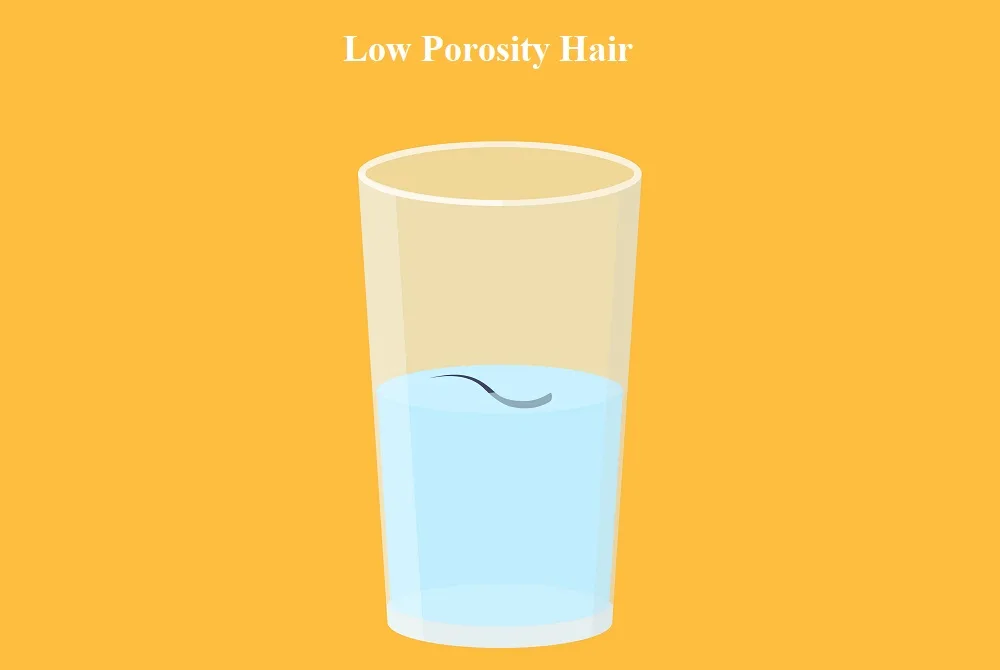
For this test, you need a few stray hairs and a cup. Fill the cup with room-temperature water. Then, place your strands in the water-filled cup.
Push your hair down gently, submerging them in the water. Wait for three to five minutes before checking for results.
High porosity hair will soak up water, sinking to the bottom of the glass because the hair cuticle stays open longer, absorbing water quickly.
Low porosity hair has a closed cuticle, meaning it takes more time and effort to absorb water. If you have low-level porosity, the strands stay floating at the top of the cup.
The Slide Test Method
The slide test requires dry hair. Find a strand still attached to your scalp. Carefully move your fingers against the hair cuticle, starting at the end of the strand and moving upward toward the scalp.
If your hair feels smooth, fragile, or dry, you may have low porosity hair. If you feel bumps, you have high porosity hair.
The Spray Bottle Test Method
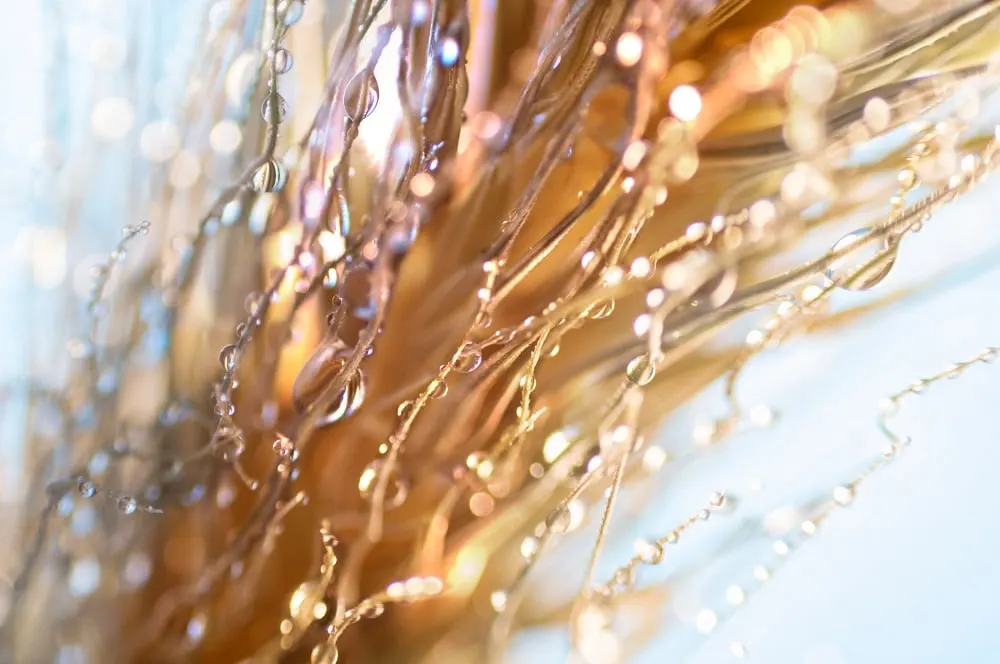
Start with dry hair for the spray bottle method. Grab any spray bottle, and turn it to its mist setting. Mist several sections of your hair, watching how it reacts to water.
You likely have low porosity hair if you see any of these characteristics:
- Water beads on top of the hair
- Water does not absorb into the hair
- Water rolls off of hair
Characteristics of Low Porosity Hair
Hair that is no longer lustrous nor elastic can indicate that you have low porosity hair. Because of those crammed cuticles, a lack of absorption is apparent. You’ll notice that when you apply products like oils to the hair, they don’t seem to go anywhere.
In the shower, properly saturating hair is a challenge, while air drying and blow-drying seem to take ages. Unsurprisingly, you’ll also be dealing with hair that feels consistently dry and products that you’ve applied hang out on the surface.
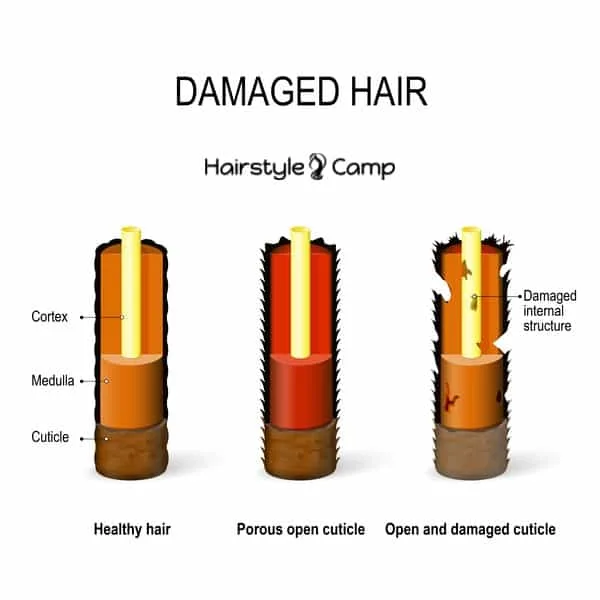
Low Porosity Hair Mistakes You Should Avoid
For healthy hair, avoid making the following low porosity hair mistakes.
Mistake 1: Using Products Containing Protein
Avoid using products with too much protein if you have low porous hair. This hair type naturally produces an excess of keratin. Adding more protein leaves your hair brittle and dull.
Mistake 2: Skipping Wash Days
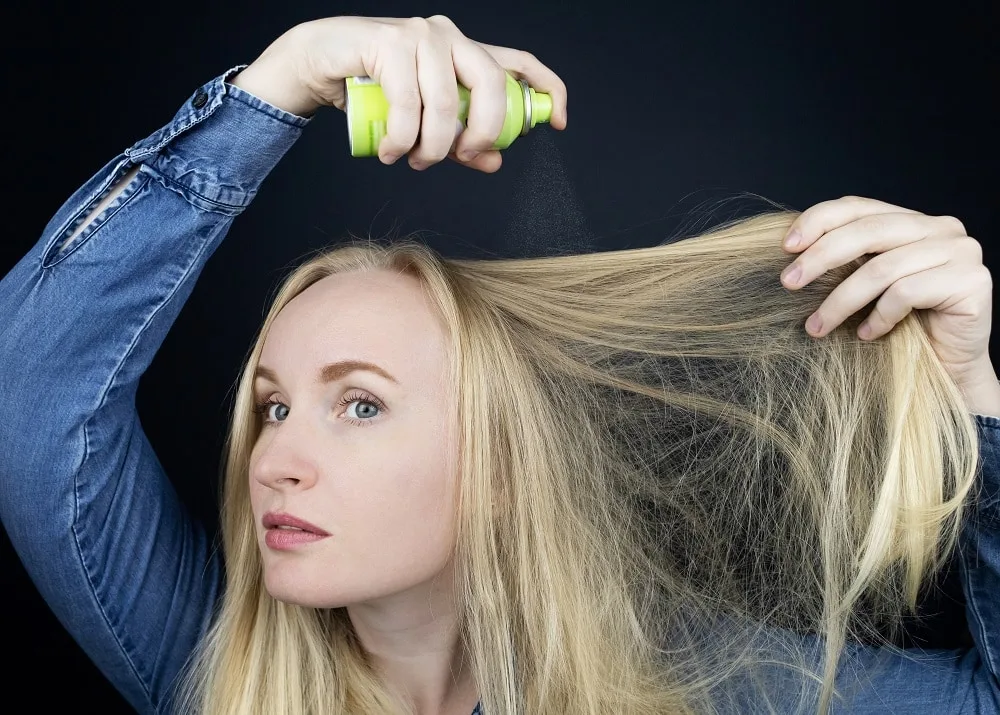
Low porosity hair generates more buildup than high porosity hair. Relying on dry shampoos may exacerbate this problem. Cleansing your hair with shampoo gives the best results.
Mistake 3: Skipping Clarifying Shampoos
If you have low porous hair, consider investing in a clarifying shampoo that penetrates deeper than traditional shampoos.
Using a clarifying shampoo at least once a month helps reduce product buildup and dandruff.
Mistake 4: Washing With Cold Water

Low porosity hair has a tight cuticle, so washing with cold water only seals this entrance further. Wash your hair with warm water the ensure maximum absorption of products like conditioner.
Mistake 5: Avoiding Heat
An excellent way to open your hair cuticle is via heat items like hooded dryers. Without heat, the moisturizing product sits on top of the hair, creating a greasy mess.
Mistake 6: Using a Leave-In Conditioner
Read the ingredients list carefully for products like leave-in conditioners. Many leave-ins contain proteins.
Excess protein is bad for low porosity hair, causing breakage. Consider diluting your leave-in with water to avoid protein overload.
Mistake 7: Using Heavy Hair Products
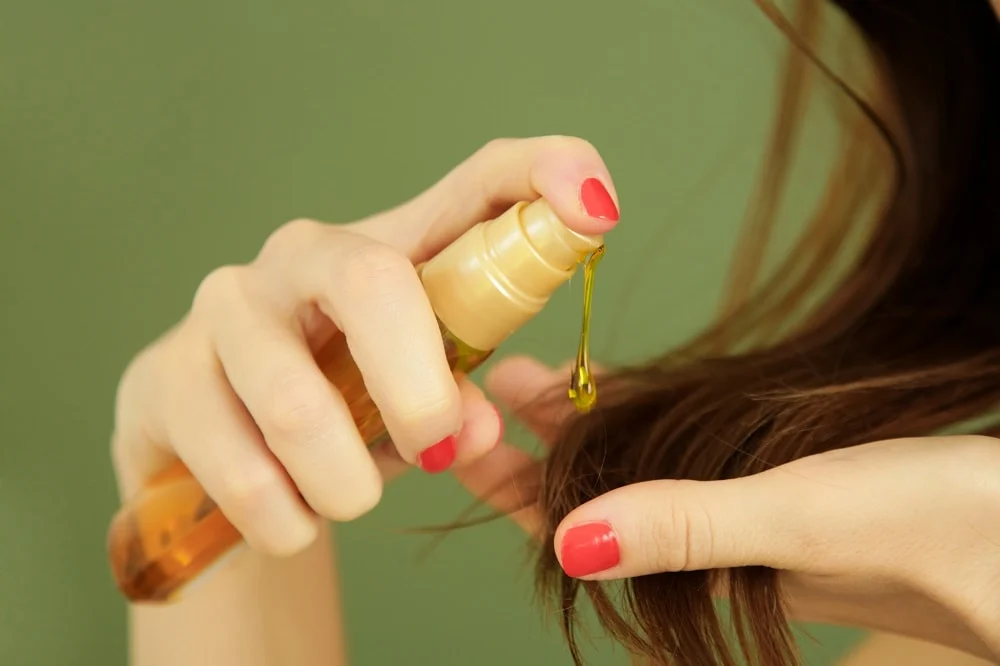
Those with low porosity hair also tend to have finer strands, regardless of texture. Avoid heavy oils like castor oil because they cause buildup.
Mistake 8: Avoiding Moisturizing Products
Since low porosity hair is sensitive to hydrating products, you may feel tempted to forgo moisturizing altogether.
However, insufficient hydration only perpetuates porous hair problems like dullness and brittleness.
Low Porosity Hair Care Tips
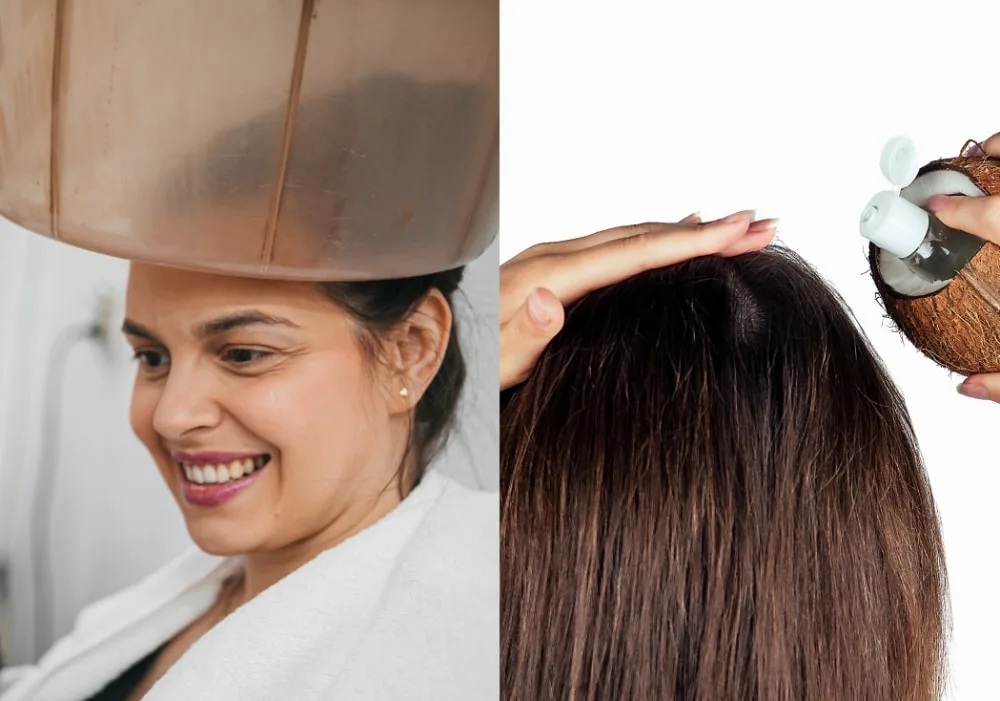
Proper care for low porosity hair requires opening the cuticle so water and moisturizing products properly absorb rather than cause grease and buildup.
Here are a few tips and tricks for healthy low porosity hair.
Apply Heat
Using heat on your hair may seem counterintuitive since overuse of heat styling products cause damage. However, heat from the right sources opens up the hair cuticle, allowing efficient absorption.
Saturate your hair with warm water in the shower. Then apply conditioner or other moisturizing products. Rinse out the products with cool water to reseal the cuticle, trapping hydration.
Some people also opt for a hooded dryer or steamer to open up their hair cuticles before applying mousses, oils, or gels.
Use Lightweight Products
Hydrating low porosity hair is simple once you know which products to use. Since low porous hair is prone to buildup, heavy creams and oils weigh it down, making your hair appear greasy.
When shopping for hair products, look for these lightweight yet moisturizing ingredients:
Key Takeaways
- Porosity describes the hair’s ability to absorb and sustain moisture.
- Low porosity means the cuticle is too closely packed together.
- It repels water and moisture.
- Treat with shampoos containing emollients and lightweight ingredients.
- Use diluted conditioner with ingredients like milk.
- Use heat so moisture can penetrate.
Porosity is a huge determining factor in how we should best treat our hair. You can avoid many common low porosity hair mistakes and maintain healthy locks with the right products and information.
